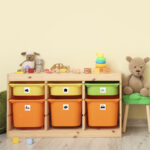The Montessori method
The Montessori method is an educational approach created by Dr. Maria Montessori, an Italian physician and educator, in the early 1900s. This approach prioritizes self-directed learning, hands-on activities, and a prepared environment. It operates under the belief that children innately want to learn and that they develop best through a respectful and personalized approach. The primary goal is to promote independence, critical thinking, and a love of learning in children.
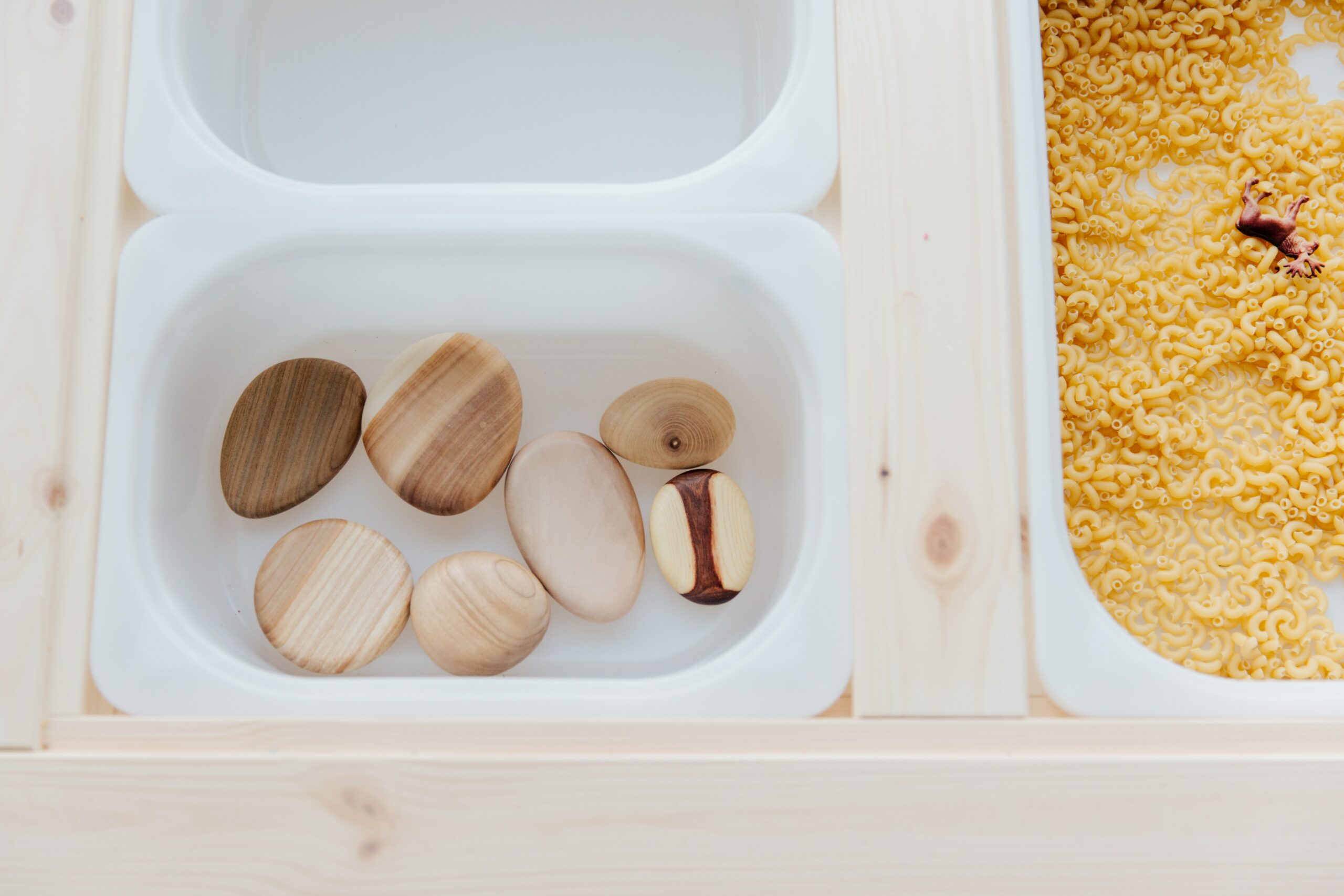
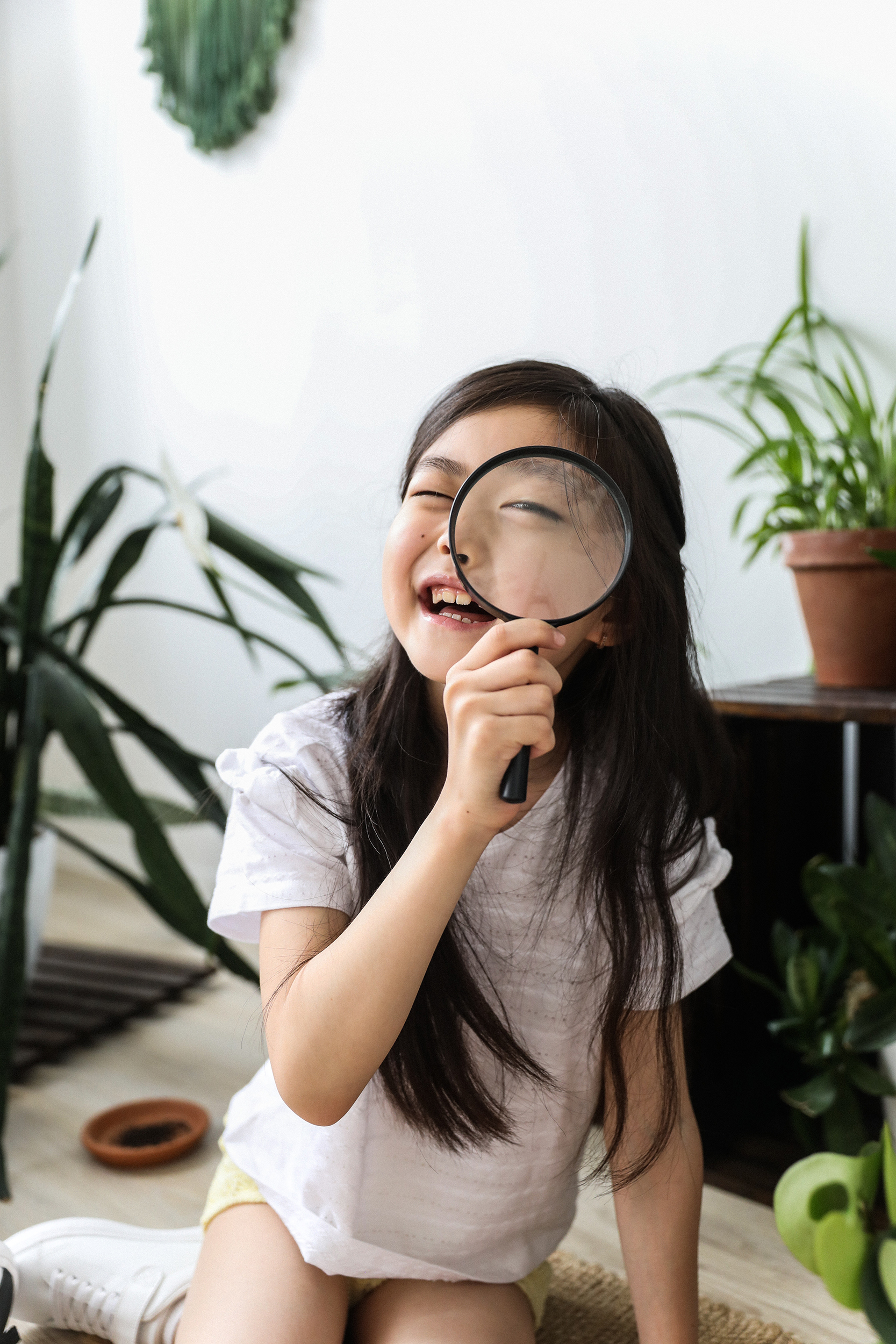
Child-centered approach
Montessori philosophy focuses on the child as an individual, rather than trying to fit the child into a preconceived educational mold. This approach recognizes that children have unique abilities, interests, and learning styles, and it seeks to foster their natural curiosity and creativity.
Emphasis on self-directed learning
In the Montessori classroom, children are encouraged to choose their own activities and work at their own pace. This fosters a sense of independence and self-motivation, and it allows children to take ownership of their learning.
Multi-age classrooms
Montessori classrooms have children of mixed ages. Younger ones learn from older peers. Older children gain leadership skills by teaching younger children. This reinforces their own knowledge and understanding.
Hands-on learning
Montessori materials are designed to be hands-on and self-correcting, which means that children can learn through exploration and discovery. This helps children develop critical thinking skills and a deeper understanding of the world around them.
Respect for the child
Montessori approach emphasizes respect for the child as an individual and as a member of a community. This fosters a sense of responsibility and empathy, and it helps children develop social skills and a sense of belonging.
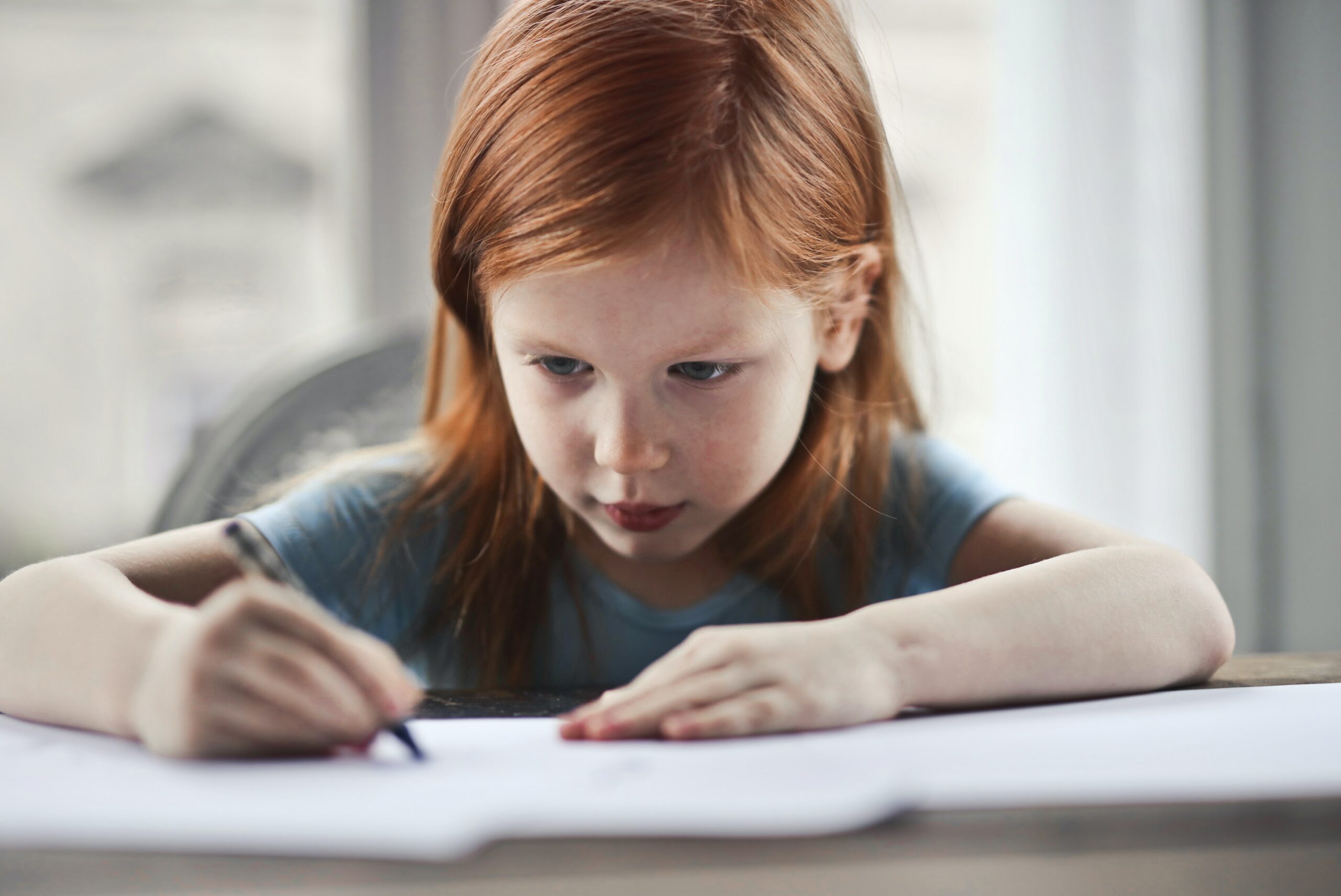
The Montessori method at home
The Montessori method can be adapted to the home environment and can be a great way to support your child’s development. Here are some ways you can use the Montessori method at home:
Create a prepared environment
In a Montessori classroom, the environment is prepared to promote learning and independence. You can do the same at home by setting up a space with child-sized furniture, materials, and tools. This designated area can be in your living room, bedroom, or playroom.
Encourage self-directed learning
Give your child choices and encourage them to make decisions about what they want to learn and how they want to learn it. Provide materials that allow for exploration and discovery, and allow your child to work at their own pace.
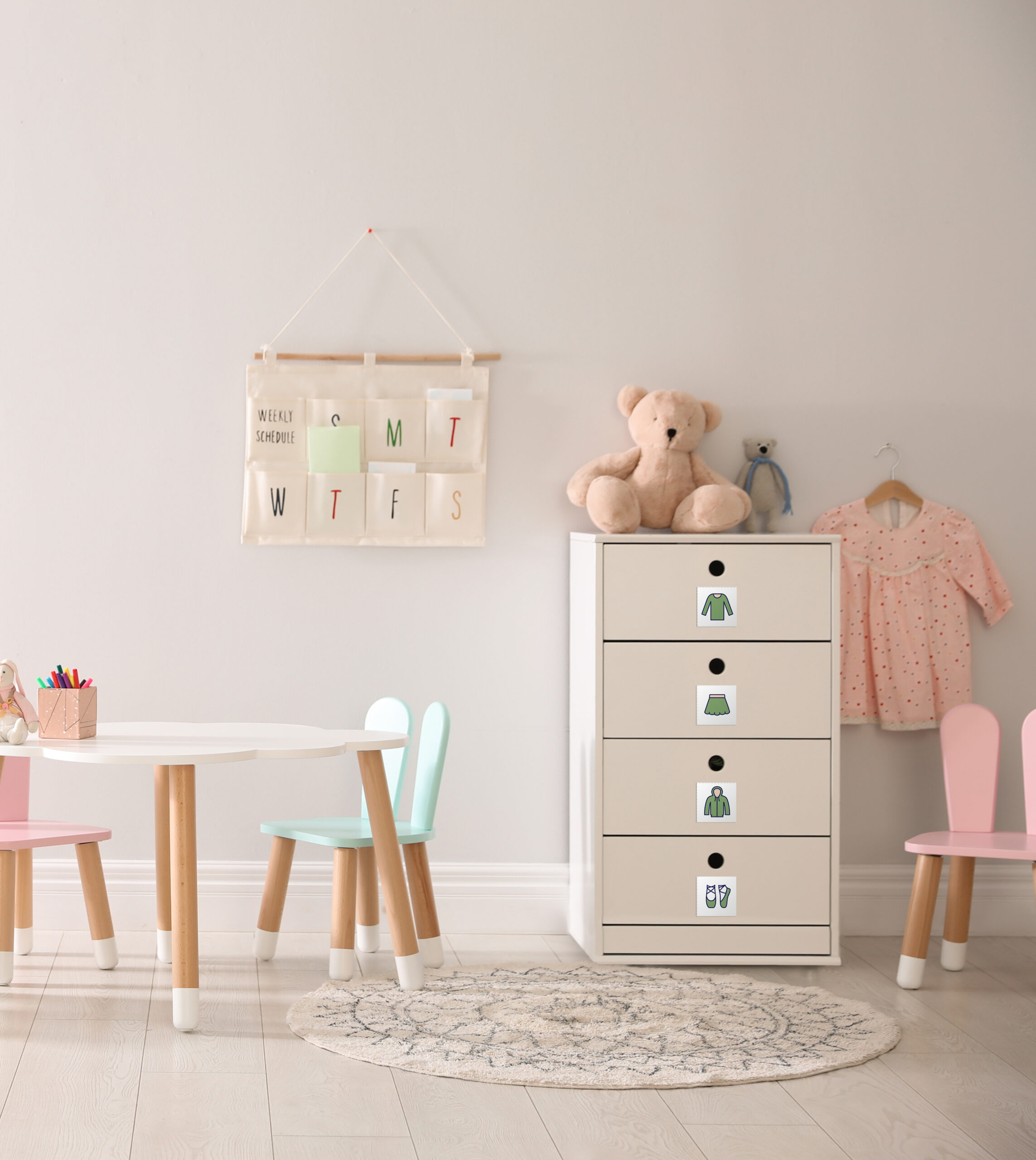
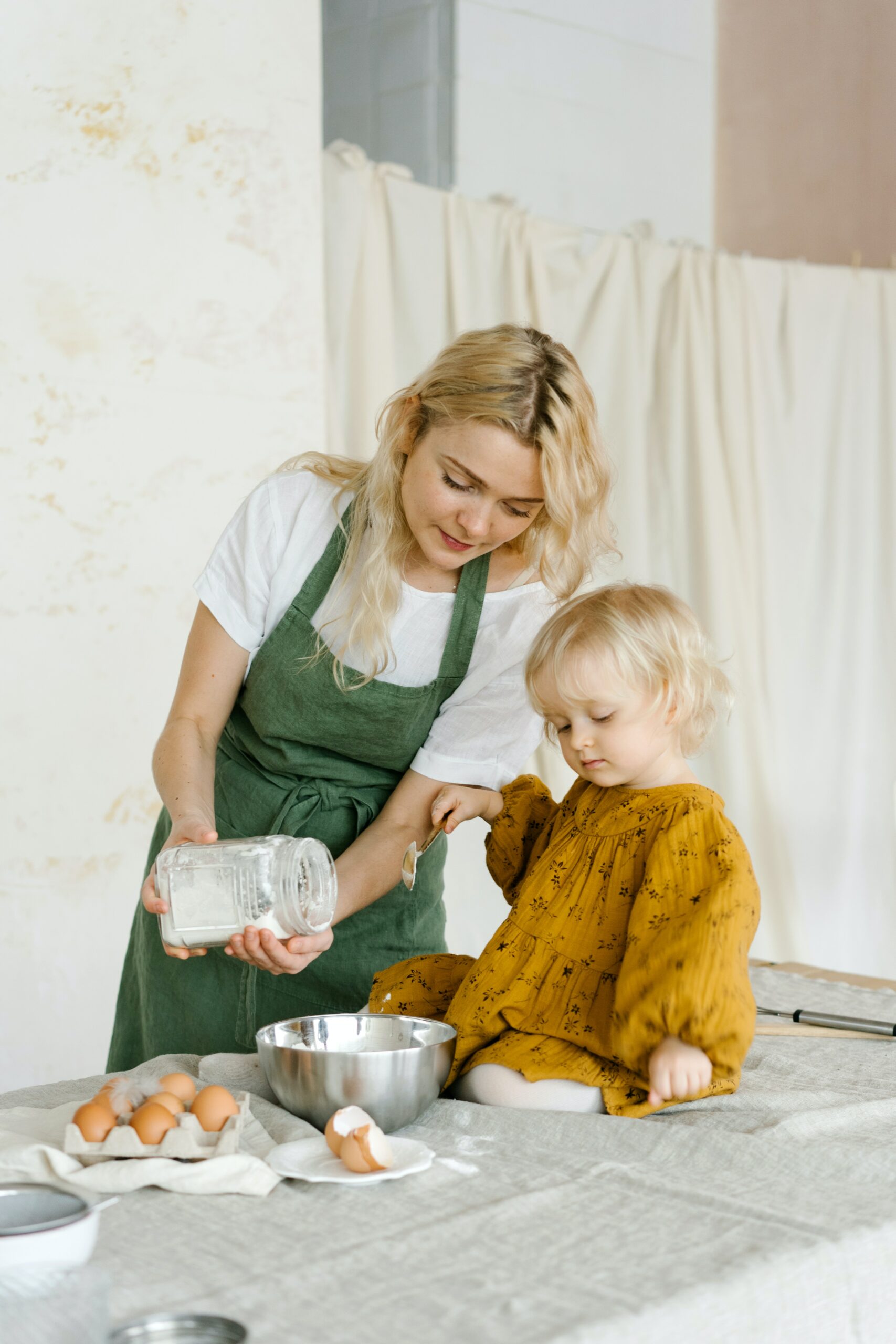
Involve your child in daily activities
In the Montessori approach, everyday activities such as cooking, cleaning, and gardening are seen as opportunities for learning and development. Involve your child in these activities and let them take on age-appropriate responsibilities, such as setting the table, watering plants, or folding laundry.
Focus on hands-on learning
Montessori materials are designed to be hands-on and interactive. Provide your child with toys, puzzles, and games that require manipulation and problem-solving, and avoid screen time as much as possible.
Model respectful communication and behavior
In the Montessori philosophy, respect for the child is a key principle. Model respectful communication and behavior towards your child and others, and encourage your child to do the same.
By incorporating these principles of the Montessori method at home, you can help your child develop independence, curiosity, and a love of learning.


